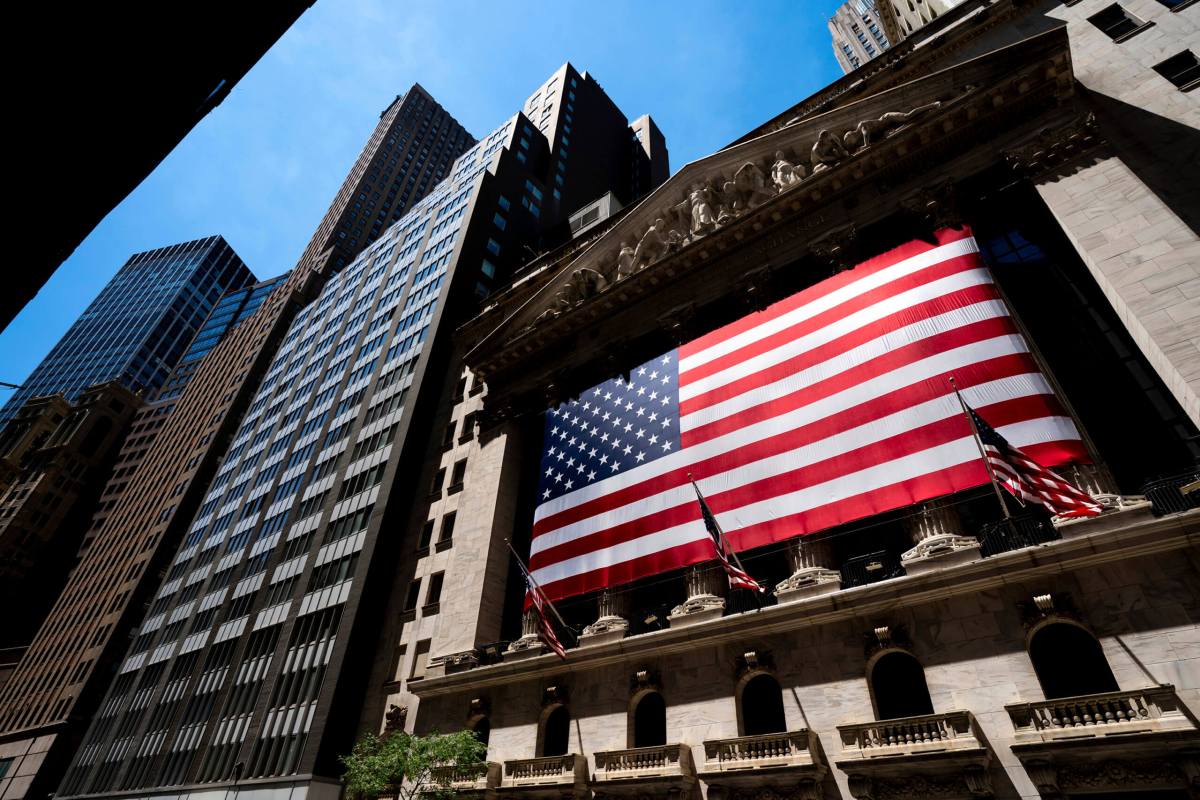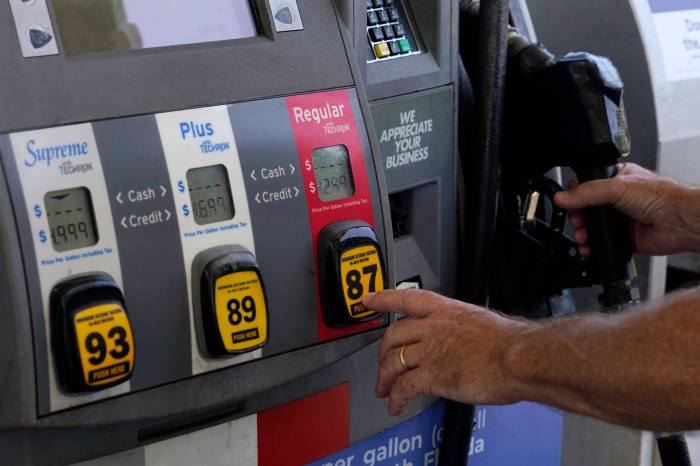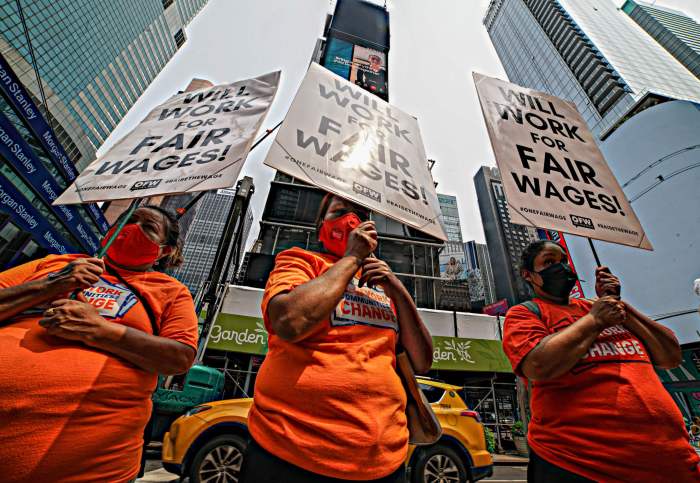U.S. futures took a U-turn early Friday after the government released its producer prices report showing that although inflation eased last month, it was still hot enough to likely keep the Federal Reserve on course for another big interest rate increase when it meets next week.
Futures for the Dow and the S&P 500 both sank into negative territory after the report was released, putting both on track for weekly losses. Futures for the Dow Jones Industrial average tumbled slid 0.2% and futures for the S&P 500 slipped 0.3%
Wholesale prices in the United States rose 7.4% in November from a year earlier, a fifth straight slowdown and a hopeful sign that inflation pressures across the economy are continuing to cool, though not as much as some had projected. Analysts surveyed by FactSet had forecast that wholesale prices would come in 7.2% higher than last year, with a month-over-month gain of 0.2%. But the monthly figure also came in higher than expected at 0.3%.
Friday’s producer price data captures inflation at an early stage of production and can often signal where consumer prices are headed. The government’s consumer price index comes out on Tuesday, just as the Federal Reserve convenes for its final schedule policy meeting of 2022.
Fed chair Jerome Powell has signaled that the central bank will likely raise its benchmark interest rate by a smaller increment when it meets next week. Investors foresee a half-point Fed hike, after four straight three-quarter-point increases.
Major indexes are all in the red for the week and have been swinging between big monthly gains and losses throughout the year. Investors’ worries about inflation, rising interest rates and recession risks have made for a volatile market. That has also left Wall Street focused on data points on the economy, especially those regarding inflation.
The University of Michigan will release its consumer sentiment survey for December later Friday.
Resilient consumer spending, which is partly tied to strong employment, has made the fight against inflation more difficult, raising the risks the Federal Reserve will go too far in raising interest rates. At the same time, it has been keeping the economy strong enough to avoid recession.
In Europe at midday, Germany’s DAX added 0.3%, while the CAC 40 in Paris was down a tiny 0.1%. Britain’s FTSE 100 inched down 0.2%.
Chinese benchmarks rose Friday on reports the government is planning new measures to support the ailing property sector, which has been a severe drag on growth over the past several years.
Property shares got a boost from Sunac China Holdings’ announcement that it has made “considerable progress” in restructuring $9.1 billion of its $11 billion in offshore debts. More than a third of the total originally was to fall due by the end of the year.
Trading in Hong Kong of Sunac’s shares was suspended as of April 1. But other major property developers’ stocks jumped. Country Garden Holdings was up 8.5% and China Vanke’s shares jumped 5.6%.
Hong Kong’s Hang Seng gained 2.3% to 19,900.87 while the Shanghai Composite index added 0.3% to 3,206.95.
The relaxation of some of the China’s “zero-COVID” rules is also raising hopes the economy will gain momentum, though experts say it will take months for tourism and other business to recover from the disruptions of the pandemic.
Tokyo’s Nikkei 225 index gained 1.2% to 27,901.01 and the Kospi in Seoul rose 0.8% to 2,389.04. Australia’s S&P/ASX 200 picked up 0.5% to 7,213.20.
In other trading, U.S. benchmark crude oil gained $1.20 to $72.66 per barrel in electronic trading on the New York Mercantile Exchange. It settled 0.8% lower at $71.46 per barrel on Thursday.
Brent crude added $1.04 to $77.19 per barrel.
The U.S. dollar slipped to 136.06 Japanese yen from 136.69 yen. The euro dipped to $1.0540 from $1.0556.
On Thursday, the S&P 500 rose 0.8%, while the tech-heavy Nasdaq composite closed 1.1% higher. The Dow Jones Industrial Average added 0.5% and the Russell 2000 index of small caps added 0.6%.



















